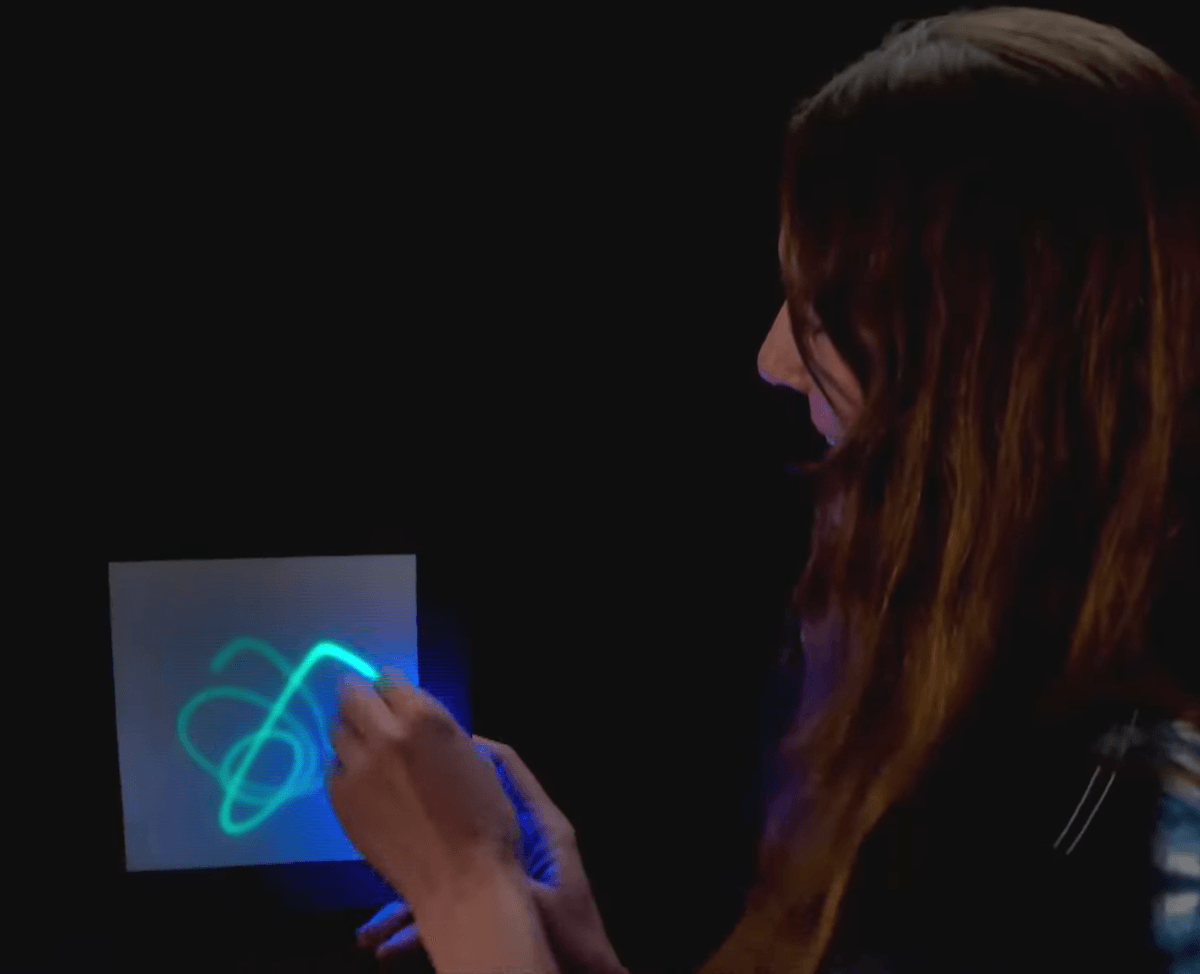The different colors of light are not the same. We are going to explore and find out whether red light or blue light has more energy and what this has to do with Albert Einstein’s Nobel Prize.
After reading the introduction, what is your essential question or objective for this activity?
